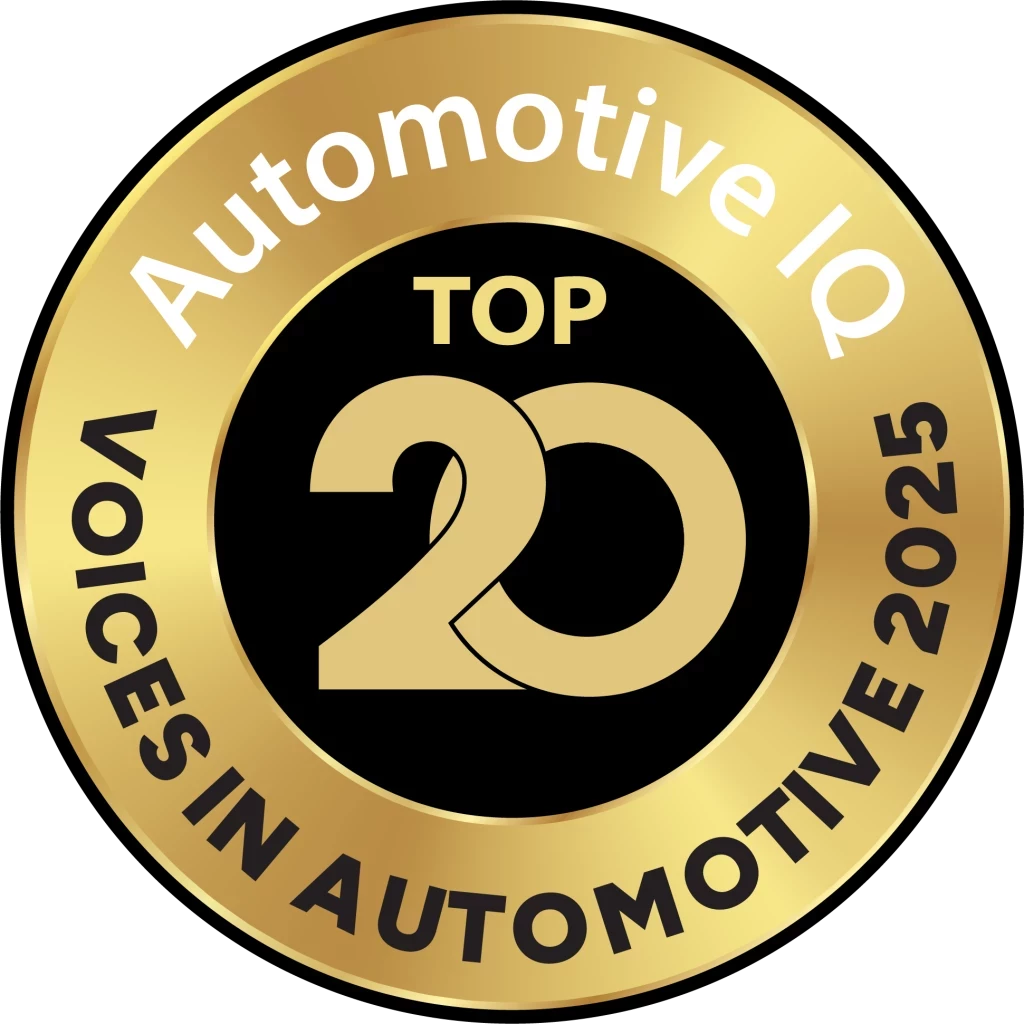New Tech at 2015 Consumer Electronics Show
Add bookmarkThe 2015 CES in January saw a raft of new technology on display from a number of the leading car manufacturers, with autonomous driving tech high on the agenda. In this month’s column we’ll take a look at some of the highlights of the show, and the innovations that are making their way to market.
BMW
BMW released a range of new technology at the show, one of the highlights of which was 360-degree collision avoidance and automated parking.
360-degree collision avoidance and automated parking in a multi-storey car park were demonstrated in a BMW i3 research vehicle. Collision avoidance utilises four highly advanced laser scanners to monitor the surroundings of the vehicle and accurately identify obstacles, such as pillars in multi-storey car parks. If a potential collision situation arises, the system warns the driver via an audible warning, and as a last resort if no action is taken, will initiate braking to bring the vehicle to a standstill. If at any time the driver responds and begins to steer away from the obstacle or change direction, braking is automatically interrupted.
The technology has been extended to provide a fully automated Remote Valet Parking Assistant in the i3 research vehicle. Controlled by the driver’s smartwatch, this combines the lasers with digital building plans to autonomously navigate its way through a car park to a parking space, where it will park itself and wait to be summoned by smartwatch voice command. On receiving a command, the vehicle can calculate the time it will take the driver to reach the car park, and will autonomously drive to the car park exit ready for the driver’s arrival.
BMW also demonstrated a new iDrive interface which incorporates touchscreen functionality and non-contact gesture recognition; and an iconic new lighting concept using OLED lights for rear lighting for the first time, which was demonstrated on an M4 concept vehicle.
Mercedes-Benz
Source: Mercedes-Benz
The big news from Mercedes was the revelation of the F015 Luxury in Motion concept vehicle. It’s a self-driving, fully connected, hydrogen-electric plug-in hybrid, which Mercedes say offers a glimpse into the future of transport. The automaker had already given us a preview of the interior late last year, and the F015 takes the concept of autonomous mobility further.
The pivotal feature is the seating configuration, whereby the four seats can turn to face each other as the car takes over the driving. Each seat then swings 30 degrees towards the doors when the car stops, to allow for an easy exit. A key aspect of the concept vehicle is the continuous exchange of information between the vehicle, passengers and the outside world. The interior features six display screens which are integrated into the instrument panel and the rear and side panels. This allows passengers to interact with the connected vehicle through gesture control, eye-tracking technology, or by touching the display screens.
The system powering the vehicle produces zero emissions, and although full specification is yet to be released, Mercedes say it comprises of a hydrogen fuel cell stack, a lithium-ion battery, and two electric motors. The battery can be charged via cable-less inductive charging, and when full has a range of 124 miles. This can be increased to 684 miles with a full tank of hydrogen, as the fuel cell tops up the battery whenever the charge is running low.
Volkswagen
Another interesting concept revealed at the CES was VW’s Golf R Touch concept vehicle, in which the carmaker previewed its next-generation infotainment interface, which incorporates 3D gesture control.
Source: VW
The system features three separate displays – a 12.8 inch high-resolution infotainment system touchscreen; an 8 inch Control Centre with touch feedback, arranged beneath the main display, and used to control vehicle, climate control and media functions; and a 12.3 inch Active Information Display showing the digital instruments. The layouts of the central touchscreen and the Active Information Display can be easily customized in the same manner as a smartphone or tablet.
Almost all of the buttons and knobs have been replaced by touchscreen selections or sensor switches in the concept vehicle. The sensors in the vehicle can precisely interpret hand gestures and convert them into commands, meaning that displays and functions can be controlled via gestures rather than touchscreen. As an example, a forward swipe gesture towards the windscreen will cause the sunroof to close, while a swipe in the opposite direction will open it.
The concept is a vision of the future of VW’s infotainment systems, but the company also showcased the ‘Connected Golf’, and announced the release of a second-generation Modular Infotainment Platform (MIB II) due in the US later this year. Along with the new platform, MirrorLink will also be made available to allow the integration of apps and operating layouts of various smartphones. In addition the Apple Carplay and Android Auto interfaces will also be made available in both US and European markets.
Sources:
http://media.daimler.com/dcmedia/0-921-1775416-1-1778134-1-0-0-0-0-0-0-0-0-0-0-0-0-0-0.html




















